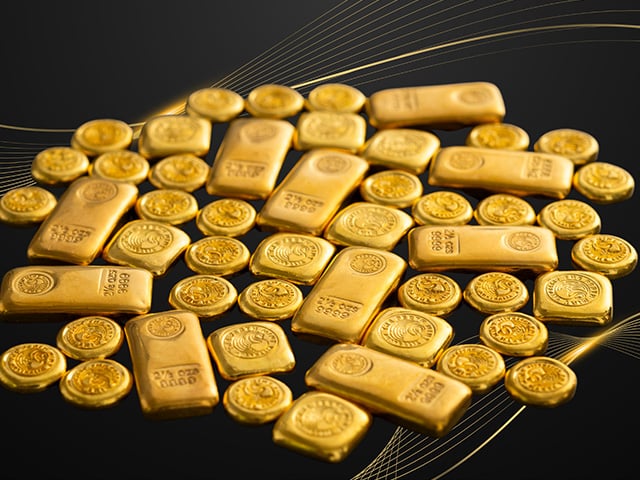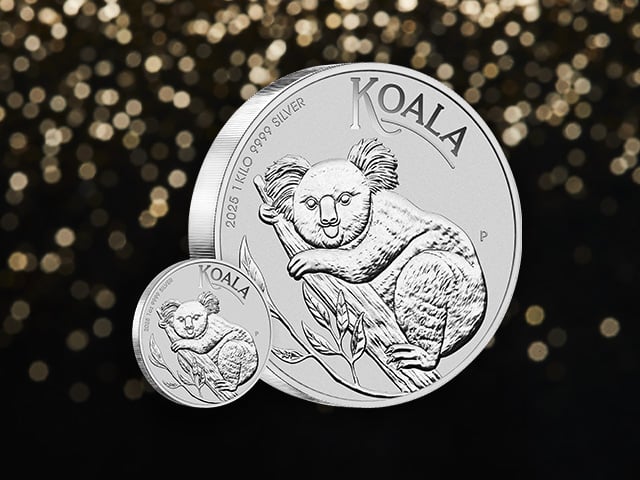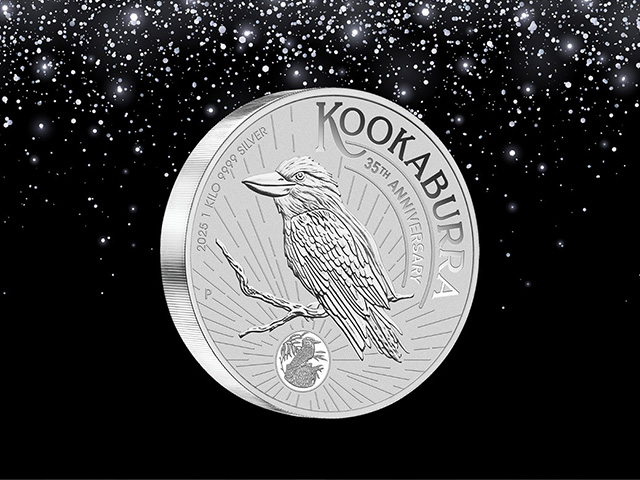Gold ends financial year at record high

Gold ended June trading at more than USD 1,760 per ounce. Now up by 25% in the last year, the outlook is promising for a continued bull run in precious metals.
Executive summary
- Gold finished June trading at USD 1,768.10 per troy ounce, rising by 2.27% in June.
- The price of gold has risen by 16.55% in US dollar terms (USD) and 18.83% in Australian dollar (AUD) terms in the first six months of 2020.
- Silver prices also continued to rally, finishing the month up 2.4% in USD terms.
- Demand for physical gold remains robust, though has eased from record levels seen earlier this year.
- Expensive equity markets, low yields on traditional safe haven assets and the ongoing threat from COVID-19 are expected to support continued gold demand in the second half of 2020.
Full monthly review – June 2020
The price of gold continued to rise in June, finishing the month trading at more than USD 1,760 per ounce. Matching the highest calendar quarter close on record set back in 2012, the yellow metal is now well and truly back on the investment radar after a strong rally in H1 2020 that has seen the price rise by more than 15% in USD terms.
In AUD terms, while returns were more subdued the price closed June trading at more than AUD 2,500 per troy ounce, an increase of almost 20% in the past six months.
Silver prices continued to rally in June, up 2.41% in USD terms, with the gold silver ratio (GSR) finishing the month at 99. Whilst this a sharp decline from where this ratio sat at the end of March when it was over 110, its worth remembering that the GSR started the year at just 85. Silver may have outperformed gold in the past three months, but it has a lot of catching up to do.
Continued inflows into ETFs, rising inflation expectations and a minor pullback in equity markets in the last three weeks of June all contributed to the rally in precious metals, with gold finally pushing through USD 1,750 per ounce, a level that had provided some resistance earlier in the year.
In this month’s report we look at the likely drivers of gold moving forward, as well as the latest developments in financial markets, including:
- The ongoing threat from COVID-19.
- Seasonality trends and why we are entering a historically strong quarter for gold prices.
- Why managed money positioning in the futures market is a positive sign for precious metal bulls.
- Why soaring equity markets prove there are multiple drivers of gold demand today.
COVID-19 threat remains
The latest data from around the world indicates that the COVID-19 virus is spreading faster than ever, surpassing 10 million cases in late June. The United States and Brazil seem particularly hard hit, whilst Australia itself is not immune, with community transmission in places like Victoria now at record levels.
The threat from COVID-19 will continue to complicate the path forward for the global economy for some time to come. It will weigh on economic output, negatively impact company earnings and force fiscal and monetary authorities to deploy larger amounts of stimulus for longer than they would like.
We’d expect to see gold continue to benefit from these trends, as it has for much of the past six months.
Managed money positions are starting to build
Managed money positioning in the gold futures market has been relatively subdued since the COVID-19 threat emerged, with speculators positioned to benefit from a gold price increase paring back their exposure.
Indeed, between mid-February and early June, gross managed money long positions fell from 278,286 contracts to just 126,407 contracts, a decline of more than 50%.
In the past two weeks gross managed money long positions rose to 161,593 contracts in a sign that speculators are again willing to increase their long exposure to the gold price.
The fact that gold prices have performed as well as they have over the past three months without much support from this sector of the market is of itself a positive sign.
If positioning in this space continues to build in the coming weeks, it could very easily help propel gold prices back towards all-time highs in USD.
Equity markets remain euphoric
Despite the unprecedented slowdown in economic activity caused by COVID-19, equity markets enjoyed an enormous rally in Q2 2020, with the Dow Jones for example recording its strongest calendar quarter since 1987.
The rise in equity markets has been supported by all types of investors to a varying degree. Millennial investors in the US flocked to trading platforms like RobinHood, as well as traditional brokerage accounts offered by the likes of Charles Schwab and TD Ameritrade. Similar trends have also been seen in Australia.
Hedge funds have also dramatically increased their allocations to the stock market in the past three months. Survey data from Bank of America Merrill Lynch suggests net exposure to stocks from these investors is near record highs, having risen from below 20% to more than 50% since April.
Institutional investors like pension funds also seem to have increased their exposure across the quarter, adding to the upside move in markets.
The fact that gold rallied by more than 10% in USD terms alongside the huge increase in risk assets seen in Q2 aligns with historical observation which illustrates gold’s typically positive correlation to rising equity markets.
It is also a positive sign as it demonstrates that investor appetite for bullion is not strictly limited to those seeking a hedge against falling equity markets, which was undoubtedly a major factor supporting demand in Q1.
Whether it be fears over higher inflation (with 10-year break even inflation rates continuing to rise in June, though they admittedly remain at low absolute levels), a desire to hedge against a potential weakening of the USD, or simply a wish to broaden the range of defensive assets within a portfolio given continued negative real yields on most government bonds, there are multiple factors supporting demand for gold and its price at present.
Should equity markets experience a second wave of selling in the months to come, this would likely serve to act as a further catalyst for gold prices.
Seasonality a tailwind for gold in Q3
Gold is entering a seasonally positive period according to analysis of historical data which suggests third quarter returns are typically the strongest on record.
Whilst historical performance patterns do not guarantee that prices will not fall in the coming quarter, the data does suggest that a continued increase in the USD gold price would not be unusual.
DISCLAIMER
Past performance does not guarantee future results. The information in this article and the links provided are for general information only and should not be taken as constituting professional advice from The Perth Mint. The Perth Mint is not a financial adviser. You should consider seeking independent financial advice to check how the information in this article relates to your unique circumstances. All data, including prices, quotes, valuations and statistics included have been obtained from sources The Perth Mint deems to be reliable, but we do not guarantee their accuracy or completeness. The Perth Mint is not liable for any loss caused, whether due to negligence or otherwise, arising from the use of, or reliance on, the information provided directly or indirectly, by use of this article.













